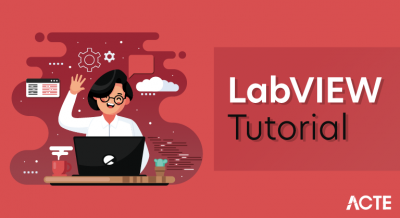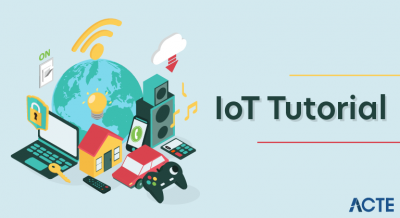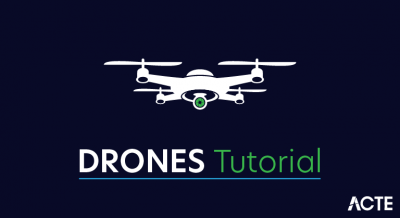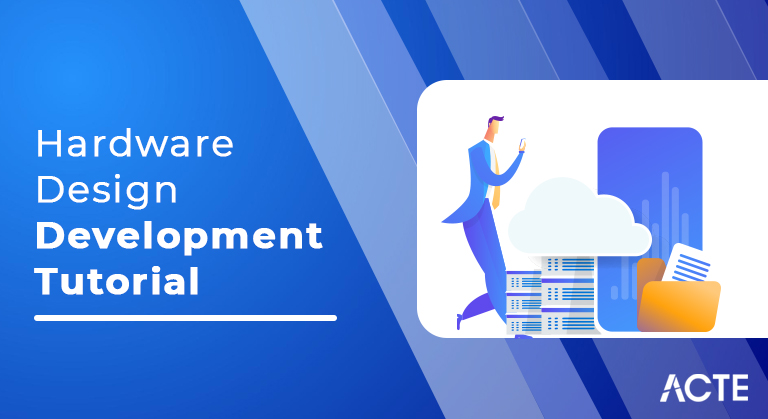
- Introduction to Hardware Design Development
- With regards to the Technology
- What is HW plan?
- How would you plan equipment?
- How treats equipment configuration engineer do?
- What is equipment and programming plan?
- History of Hardware Design Development
- Framework head control plane connection point
- Major design and development factors
- Architecture of Hardware Design Development
- Scope of Hardware Design Development
- Functional debugging
- Categories of tasks in hardware design and development
- Hardware and Software Engine Machine Design
- Related to “Hardware Design”
- Prototype Phase
- Development Phase
- Characteristics of functional products
- Certification Cost
- Conclusion
- Equipment models are ordinarily developed utilizing equipment portrayal dialects like Verilog and VHDL; these dialects understand a discrete-occasion model of calculation that makes time a five star idea, data shared by all parts. Simultaneous plan is done through an adapted utilization of these dialects.
- Discrete-occasion models are regularly utilized for displaying complex frameworks. especially with regards to systems administration, yet have not yet (as far as anyone is concerned) been sent into implanted framework plan.
- Theoretically, the differentiation among equipment and programming, according to the viewpoint of calculation, has just to do with the level of simultaneousness and the job of time. An application with a lot of simultaneousness and a weighty worldly substance should be considered utilizing equipment reflections, paying little heed to how it is carried out.
- An application that is successive and has no transient conduct should be considered utilizing programming reflections, paying little mind to how it is executed. The key issue becomes one of recognizing the proper deliberations for addressing the plan.
- The historical backdrop of processing equipment covers the advancements from early basic gadgets to help estimation to cutting edge PCs. Before the twentieth century, most estimations were finished by people. Early mechanical devices to assist people with advanced estimations, similar to the math device, were alluded to as computing machines or number crunchers (and other exclusive names). The machine administrator was known as the PC.
- The main guides to calculation were simply mechanical gadgets which required the administrator to set up the underlying upsides of a rudimentary math activity, then, at that point, control the gadget to get the outcome. After ward, PCs addressed numbers in a consistent structure (for example distance along a scale, pivot of a shaft, or a voltage).
- Numbers could likewise be addressed as digits, consequently controlled by an instrument. Albeit this approach commonly required more intricate components, it extraordinarily expanded the accuracy of results. The advancement of semiconductor innovation and after ward the coordinated circuit chip prompted a progression of leap forwards, beginning with semiconductor PCs and after ward incorporated circuit PCs, making computerized PCs to a great extent supplant simple PCs.
- Metal-oxide-semiconductor (MOS) huge scope mix (LSI) then, at that point, empowered semiconductor memory and the microchip, prompting another key leap forward, the scaled down (PC), during the 1970s. The expense of PCs bit by bit turned out to be really low that PCs by the 1990s, and after ward portable PCs (cell phones and tablets) during the 2000s, became universal.
- Arrangement of framework (e.g., interface IP addresses, security approaches, and so forth)
- Manual arrangement of courses (in the event that programmed directing is preposterous or attractive)
- Programming refreshes (e.g., support for new conventions in information plane, new directing convention in control plane)
- Taking the equipment plan measures thusly, we can think about a portion of the pertinent variables in beginning with a plan, expecting a settled on introductory determination. Having said this, it is valuable to realize how much adaptability is permitted in gathering the particular, in light of the fact that an unbalanced expense may be involved. It could be adequate to decrease the exhibition to lessen costs, for instance, diminishing the accuracy of simple estimations or the recurrence scope of a sign result.
- The expense of the microcontroller will in general increment with the quantity of I/O pins, so it is most likely smart to search for ways of lessening the pin count. One model we saw in past segments is to utilize a sequential LCD rather than an equal one. The sequential kind requires just 1 result, while the equal LCD seen before needs 7, or perhaps 11 if 8-bit information are utilized. Surely the sequential point of interaction ought to be viewed as the default decision, and the equal utilized provided that high velocity admittance to the presentation is required. The sequential connection can likewise be actually longer.
- Sequential access sensors are turning out to be more normal, where the information are shipped off the MCU in sequential structure, rather than as a simple sign. We saw that any pin can be utilized as a RS232 port, since CCS C gives a driver that produces the necessary connection point absolutely in programming.
- This implies committed simple ports may not be important, giving more prominent adaptability in the decision of MCU. Then again, the sensor is probably going to be more costly. Program memory limit prerequisites are difficult to expect before the product has been settled. C projects by and large need more memory than constructing agent, so the decision of language is significant.
- This element is thought of as further later, yet for the time being, at the very least memory necessities grow quickly with program intricacy. As respects RAM necessities, the PIC is completely restricted, as the just installed RAM comprises of extra record registers. Outside information memory likely could be important, as in our information lumberjack. An elective sort of MCU could even be important for information escalated applications. The PIC scores well on working pace, be that as it may.
- The 16 series gadgets can commonly run at 20 MHz, with the 18 and 24 series running at 40 MHz. The clock speed influences the power utilization, as the current consumed is relative to the exchanging rate in CMOS gadgets. Low-power MCUs are a significant continuous advancement in microchip innovation. Diminished working voltages (e.g., 3.3-V inventory) are additionally progressively used to decrease power scattering. Power utilization isn’t one of the working boundaries typically anticipated by recreation, so a genuine equipment model might be expected to at long last indicate the power supply. Clearly, power utilization is much more basic in battery fueled frameworks.
- Near the extremes and in the middle
- Most typical of how our clients will properly use the system
- Most typical of how our clients will improperly attempt to use the system
- That differ by one
- You know your system will find difficult
- Using a random number generator
- In this section, we will survey methods for the design of an embedded system’s hardware and software. We do not yet fully understand how to jointly design the hardware and software for embedded applications. Most work has concentrated on the design of either the hardware or software, using a very simplified model for the other. Recent work on hardware-software partitioning takes a more balanced view of the two elements, but existing algorithms still rely on restricted architectures for both the hardware and software components.
- Methodologies and algorithms for truly general hardware-software co-design of embedded systems are a primary goal of research in this area. As a result, we will describe both previous work in codesign proper and also related work in distributed system design, which takes the hardware engine as a given and designs a software architecture.
- Software Program means the software program used by a Fund for providing Fund and account balance information including net asset value per share. Such Program may include the Lion System. In situations where the Lion System or any other Software Program used by a Fund is not available, such information may be provided by telephone. The Lion System shall be provided to Insurance Company at no charge.
- Server Software means software that provides services or functionality on a computer acting as a server.
- System Software means Software that provides the operating and management instructions for the underlying hardware and other components, and is identified as such in Appendix 4 of the Contract Agreement and such other Software as the parties may agree in writing to be Systems Software. Such System Software includes, but is not restricted to, micro-code embedded in hardware (i.e., “firmware”), operating systems, communications, system and network management, and utility software.
- Application Software means Software formulated to perform specific business or technical functions and interface with the business or technical users of the System and is identified as such in Appendix 4 of the Contract Agreement and such other Software as the parties may agree in writing to be Application Software.
- Supported Software means the supported software identified in the Proposal. System means the designated information technology environment in which the Software is to be used. Term means the term of this Agreement specified in clause 2.
- Systems Software means software designed to support, guide, control, direct, or monitor information technology equipment, other system software, mechanical and physical components, arrangements, procedures, programs, services or routines.
- Developed Software means those computer software products that are developed by or through the use of the SOFTWARE. “Developed Web Server Software” means those Developed Software products that reside logically or physically on at least one Web Server and are operated (meaning the computer software instruction set is carried out) by the Web Server’s central processing unit(s) (CPU). “Developed Legacy Software” means those Developed Software products that are not Developed Web Server Software, including, for example, stand-alone applications and applications accessed by a file server only. “Redistributable Files” means the SOFTWARE files or other portions of the SOFTWARE that are provided by C1 and are identified as such in the Documentation for distribution by you with the Developed Software. “Developer” means a human being or any other automated device using the SOFTWARE in accordance with the terms and conditions of this EULA.
- Licensed Software includes error corrections, upgrades, enhancements or new releases, and any deliverables due under a maintenance or service contract (e.g., patches, fixes, PTFs, programs, code or data conversion, or custom programming).
- Supplier Software means the means any software identified as such in the Order Form together with all other software which is not listed in the Order Form but which is or will be used by the Supplier or any Sub-Contractor for the purposes of providing the Goods and/or Services or is embedded in and in respect of such other software as required to be licensed in order for the Customer to receive the benefit of and/or make use of the Goods and/or Services.
- Hosted Software means Samsara’s web-based software platform, including the interface accessed online at cloud.samsara.com.
- Embedded Software means one or more software applications which permanently reside on a computing device.
- Font Software refers to the set of files released by the Copyright Holder(s) under this license and clearly marked as such. This may include source files, build scripts and documentation.
- Custom Software means Software developed as a Deliverable or in connection with the Agreement.
- Business Software means with respect to a Licensor, all Software (to the extent Controlled by such Licensor or any member of its Group as of the Effective Date), including all Know-How and Copyrights therein (but not in respect of any data included in any databases), that is used or held for use in, as of the Effective Date, the conduct of (i) the Spinco Business if the Licensee is Spinco, or (ii) the Remainco Business if the Licensee is Remainco, in each case (in respect of the foregoing (i) and (ii)), only if and to the extent such Licensee or any member of its Group have not been granted a license or other rights to use such Software under the Separation Agreement or any other Ancillary Agreement. Notwithstanding the foregoing, Business Software expressly excludes any and all Excluded IP.
- Updated Project Plan
- Preliminary schematics
- Preliminary models
- Acceptable risk level
- Functional prototype subsystems or product
- Update to ITA
- Updated Project Plan
- Acceptable risk level
- Mature schematics, PCB layout, BOM, models
- Form Factor defined
- Functional products have a range of characteristics, some the most important ones are listed below.
- Resources are geographically distributed
- Carried out in cross-disciplinary teams, thereby increasing the demand for improved communication between team-members.
- Knowledge intensive
- Increases the need for integration and synergy further
- High value hardware core
- Live-cycle responsible seller
- High-risk and high gain enterprises
- Specific contractual agreements are important to regulate the issues of liability, Intellectual Property Rights (IPR), ownership, risk, and profit sharing.
- Ways to build up trust become increasingly important to create a winwin situation.
- This in turn increases the demand for improved communication between team-members.
- Hardware-software co-design, with the assistance of machine learning, can help to optimize hardware and software in everything from IP to complex systems, based upon a knowledge base of what works best for which conditions.
- This approach assures a certain level of results, regardless of how many possibilities are involved.
- This same approach can also help if there are abnormalities that do not fit into a particular pattern because machine learning systems can ignore those irregularities.
- As a whole, this shift in thinking can bring about a level of innovation not yet seen in the PCB industry. This, in turn, will also facilitate a new level of performance and functionality without the added cost and time constraints previously experienced.
- Overall, design efficiency will be the new norm as the PCB industry continues to implement hardware-software co-design.
Introduction to Hardware Design Development:
The Hardware Design Document (HDD) depicts the different equipment parts utilized in the Comprehensive Test Ban Treaty (CTBT) Infra sound Prototype and their interrelationships. It partitions the infra sound model into equipment setups things (HWCIs).
Equipment plan, obviously, is more compelled than programming by the actual world. It is enlightening to analyse the reflections that have worked for equipment, like simultaneous plan. The coordinated deliberation is generally utilized in equipment to assemble huge, complex, and secluded plans, and has as of late been applied to programming, especially for planning installed programming.
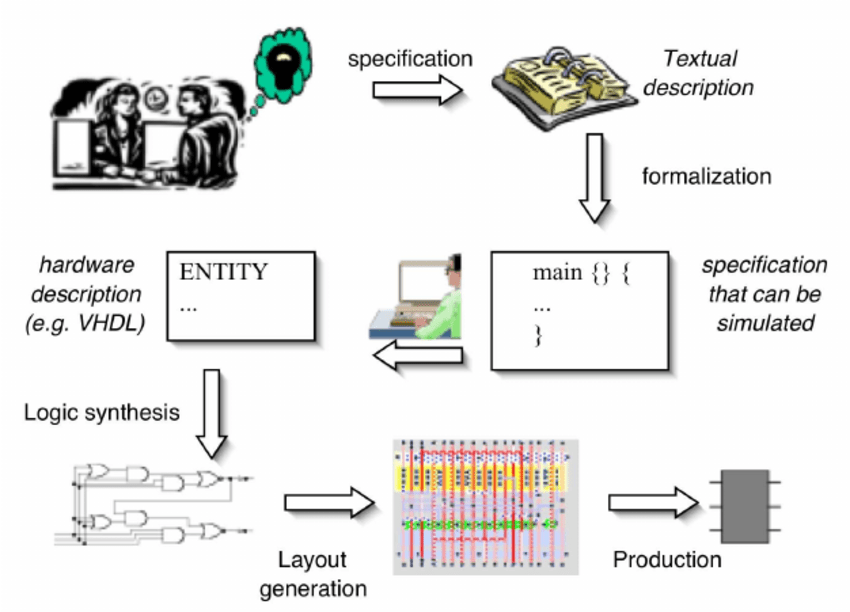
With regards to the Technology:
What is HW plan?
Equipment Design means all plan documentation that depicts electronic circuits or modules and including CAD data sets, schematics, mechanical formats and drawings, bills-of-materials, assembling and gathering data, and related documentation.
How would you plan equipment?
To plan a piece of equipment you will require to create models of the silicon chips you are utilizing. These models typically live in a library, inside your CAD configuration instruments, and ought to address this present reality chip or part as intently as could be expected.
How treats equipment configuration engineer do?
Configuration, plan, archive and foster new equipment items from beginning necessities through models to creation prepared. Keep up with existing plans and foster new variations of existing items to add new highlights, manage part end-of-life, and so on
What is equipment and programming plan?
Programming items develop through various deliveries by adding new elements and yet again composing existing rationale to help the new highlights. Equipment items comprise of actual parts that can’t be “refactored” in the wake of assembling, and can’t add new abilities that require equipment changes.
History:
Framework head control plane connection point:
The point of interaction uncovered by the organization framework to the framework manager gives a way to the framework to be arranged and to be set up at first. Common associations across this connection point include:
This connection point is the one that a great many people who have communicated with network frameworks are generally acquainted with since even basic switch frameworks require some underlying arrangement. This point of interaction is normally executed utilizing a command line interface or a realistic point of interaction (e.g., utilizing basic Web server usefulness). Not at all like with the control plane-information plane connection point, associations across the chairman control plane connection point happen just incidentally and are excessive during activity of the framework (expecting the setup is set up accurately). With this wide outline on the product support for network frameworks at the top of the priority list, we examine more subtleties on various kinds of control plane and information plane programming.
Name a few electronic devices that are used in hardware design development?
These are :
1. Capacitors
2. Inductors
3. Transformers
4. Diodes
5. Relays
6. Transistors
There are certain factors that play a significant role.
A few of them are:
1. Accuracy
2. Precision
3. Performance
4. Reliability
5. Compatibility
Major design and development factors:
Well, the fact is the demand of people or users are frequently changing. Therefore it is necessary to pay attention to some important factors to keep up the pace when it comes to developing or designing any hardware that works reliably. A few of them are:
1. Safety
2. Accuracy
3. Response time
4. Bandwidth
5. Testability
6. Size and Weight
7. Mean time between failure
8. Prototype time
Architecture:
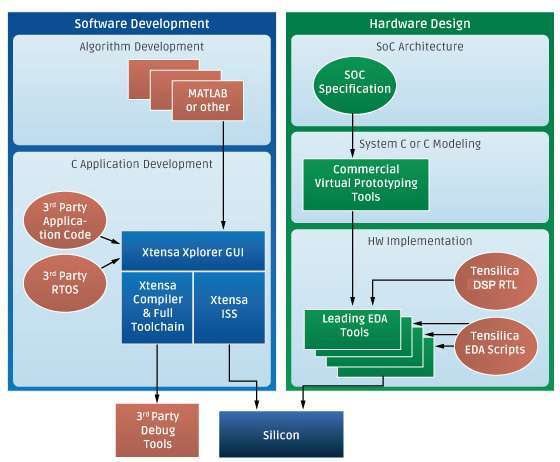
Scope:
Support is the method involved with amending botches, adding new elements, enhancing for execution speed or program size, porting to new PCs or working frameworks, and reconfiguring the framework to take care of a comparative issue. No framework is static. Clients might change or add necessities or imperatives. To be productive, we likely will wish to fit every framework to the singular necessities of every client. Support isn’t actually a different stage, yet rather includes extra circles around the existence cycle.
Functional debugging:
Functional debugging involves the verification of input/output parameters. Functional debugging is a static process where inputs are supplied, the system is run, and the outputs are compared against the expected results. Four methods of functional debugging are presented in this section, and two more functional debugging methods are presented in the next chapter after indexed addressing mode is presented. There are two important aspects of debugging: control and observability. The first step of debugging is to stabilize the system. In the debugging context, we stabilize the problem by creating a test routine that fixes (or stabilizes) all the inputs.
In this way, we can reproduce the exact inputs over and over again. Stabilization is an effective approach to debugging because we can control exactly what software is being executed. Once stabilized, if we modify the program, we are sure that the change in our outputs is a function of the modification we made in our software and not due to a change in the input parameters. When a system has a small number of possible inputs (e.g., less than a million), it makes sense to test them all. When the number of possible inputs is large we need to choose a set of inputs. There are many ways to make this choice.
We can select values:
To stabilize the system we define a fixed set of inputs to test, run the system on these inputs, and record the outputs. Debugging is a process of finding patterns in the differences between recorded behaviour and expected results.
The advantage of modular programming is that we can perform modular debugging. We make a list of modules that might be causing the bug. We can then create new test routines to stabilize these modules and debug them one at a time. Unfortunately, sometimes all the modules seem to work, but the combination of modules does not. In this case we study the interfaces between the modules, looking for intended and unintended (e.g., unfriendly code) interactions.
Many debuggers allow you to set the program counter to a specific address then execute one instruction at a time. The debugger provides three stepping commands Step, Step Over and tep Out commands. Step is the usual execute one assembly instruction.
However, when debugging C we can also execute one line of C. Step Over will execute one assembly instruction, unless that instruction is a subroutine call, in which case the debugger will execute the entire subroutine and stop at the instruction following the subroutine call. Step Out assumes the execution has already entered a subroutine, and will finish execution of the subroutine and stop at the instruction following the subroutine call.
A breakpoint is a mechanism to tag places in our software, which when executed will cause the software to stop. Normally, you can break on any line of your program.
Categories of tasks in hardware design and development:
These are:
1. Sequential
2. Conditional
3. Iterative
4. Interrupt
An Interrupt can further be classified based on the priority of a task.
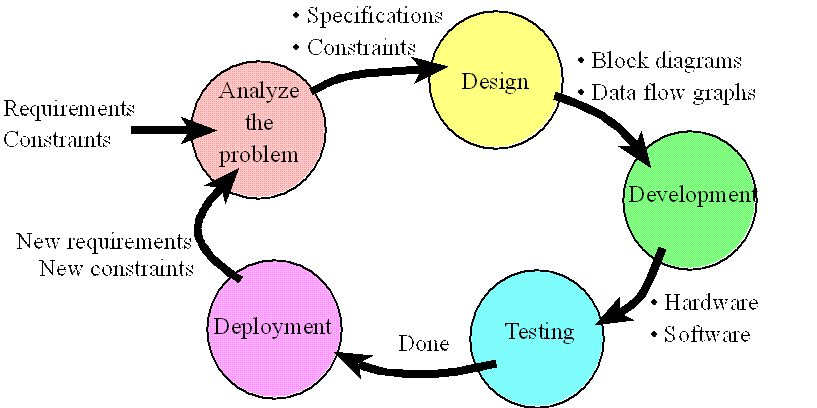
Soldering and De-soldering in hardware design:
Any hardware is a combination of various small components that need to be integrated with each other. Soldering is a procedure that is used to connect one component with another manually with the help of a soldering gun. This approach is considered when some customization is required in hardware. On the other side removing these components from each other or from the PCB i.e. Printed circuit board where they are fabricated is known as De-soldering.
Hardware and Software Engine Machine Design:
Related to “Hardware Design “
1. Server Software
2. System Software
3. Application Software
4. Supported Software
5. Systems Software
6. Developed Software
7. Licensed Software
8. Supplier Software
9. Hosted Software
10. Embedded Software
11. Font Software
12. Custom Software
13. Business Software
Prototype Phase:
The prototype process consists of taking a preliminary design concept and creating a small number of prototypes and/or suba ssemblies to begin the test and inspection process. Early design concepts are explored. SLAs and machined parts are allowed as appropriate. The deliverables may include, but are not limited to:
Development Phase:
The Development phase consists of taking the prototype design and creating a small number of units to begin the system integration test and inspection process. The deliverables may include, but are not limited to:
Characteristics of functional products:
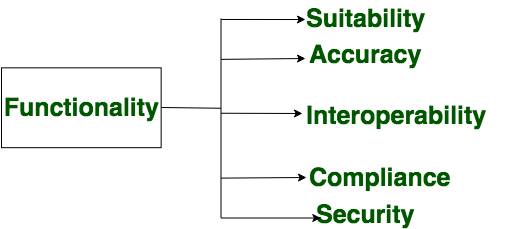
Advantage:
Certification Cost:
The national average salary for a Hardware Design Engineer is $1,02,982 in United States. Filter by location to see Hardware Design Engineer salaries in your area.
Prerequisites:
Before proceeding with this tutorial, you should have a good understanding of the concepts of basic electronics such as circuits, logic gates, etc.
Conclusion:
Our Hardware Design Development Training course aims to deliver quality training that covers solid fundamental knowledge on core concepts with apractical approach. Such exposure to the current industry use-cases and scenarios will help learners scale up their skills and perform real-time projects with the best practices


